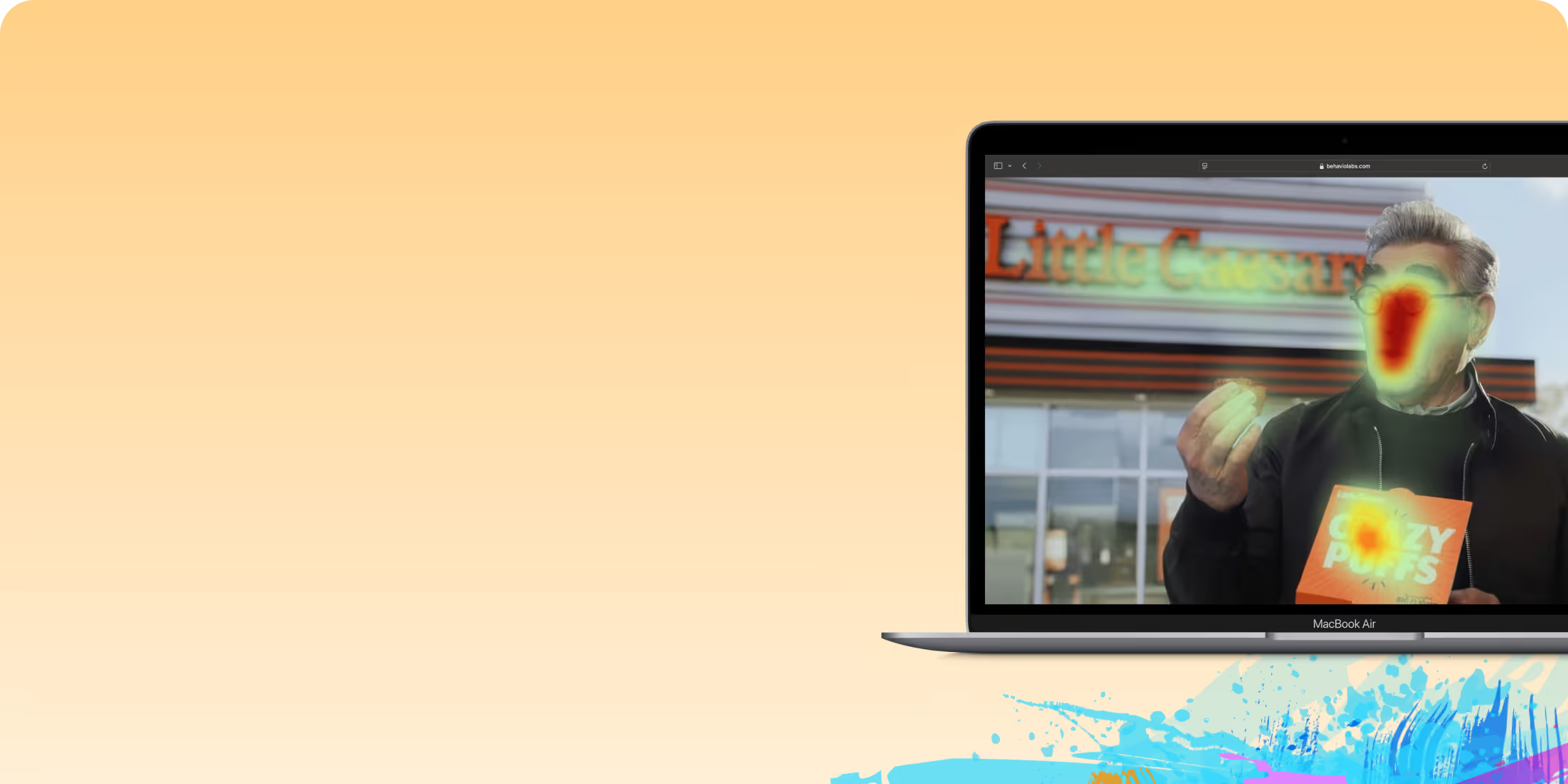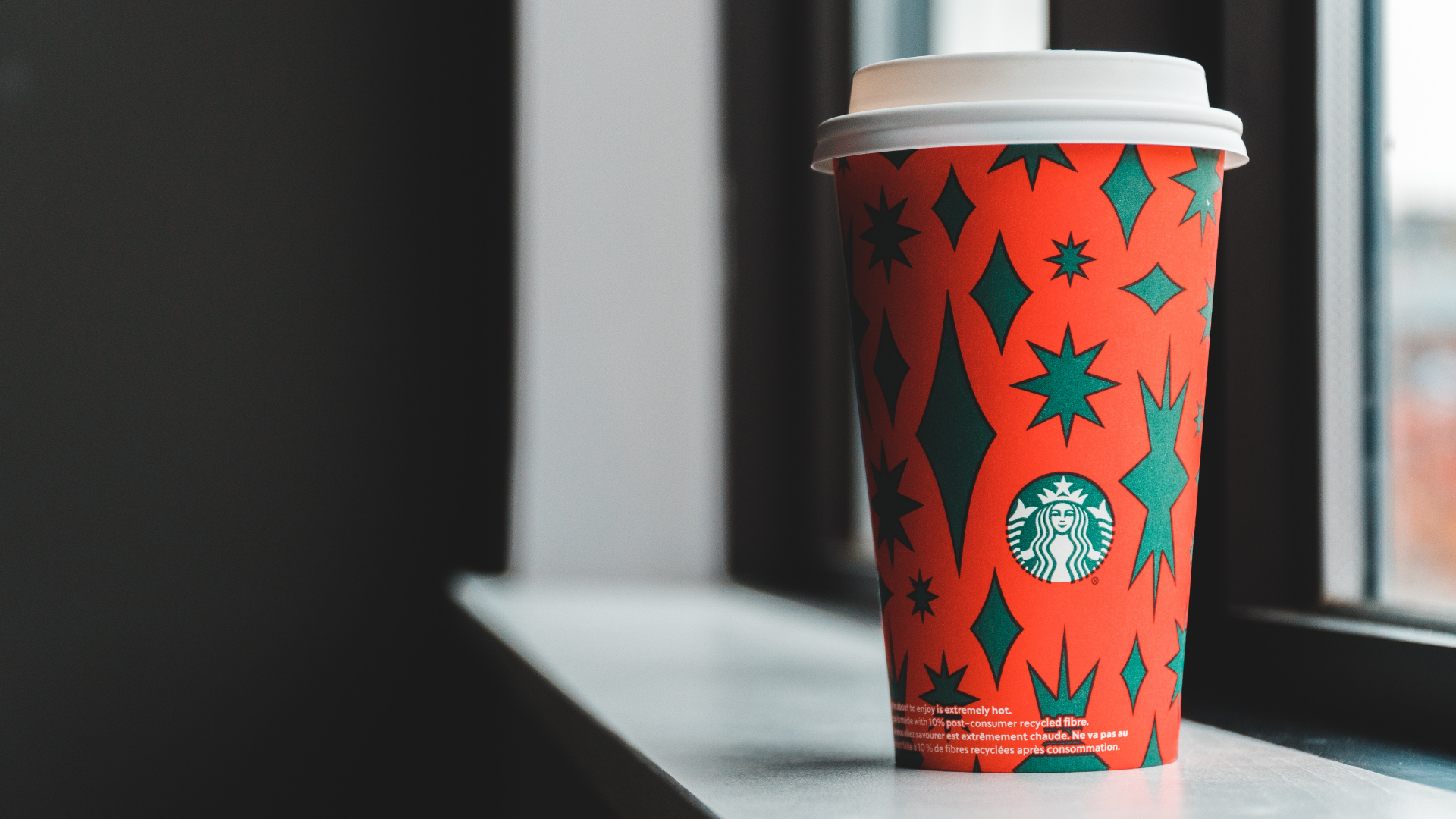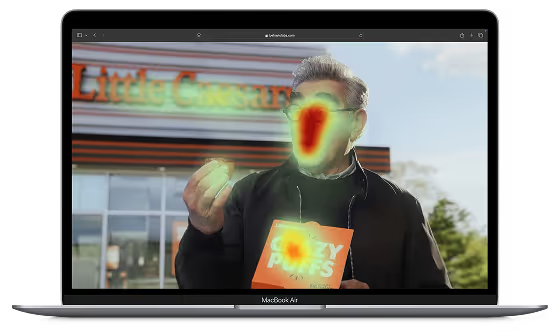That’s where ad impact comes in—it's a crucial metric used to gauge whether an ad improved your brand’s position in customers’ minds.
Not only does ad impact indicate whether your investment paid off, but it also helps you plan future campaigns to make them even more effective.
Why ad impact matters
Ad impact might sound like a marketing buzzword, but it's actually a crucial concept when it comes to understanding the effectiveness of your ad campaigns. It allows you to dig deeper than clicks and views, revealing the real effect your ads have on shaping brand perception.
By analyzing ad impact, you can:
- Pinpoint which of your campaigns are actually moving the needle on key brand metrics like salience.
- Refine your messaging to build stronger and more meaningful brand associations.
- Measure your performance against industry benchmarks to see how your brand perception stacks up with your competitors.
At the end of the day, ad impact ensures that every dollar of your advertising budget is spent wisely.
How to measure ad impact
At Behavio, we use brand lift as the key indicator of ad impact, just like industry leaders like Google, YouTube, and Facebook.
Specifically, we focus on the lift in brand salience. Without understanding this crucial metric, it’s hard to fully grasp the importance of ad impact and brand lift.
What is brand salience and why does it matter?
Brand salience reflects how large of an imprint a brand has in customers’ subconscious by measuring the likelihood that the brand spontaneously comes to mind in specific buying situations. In other words, it measures how “top-of-mind” your brand is.
For example, if we ask a consumer, “Imagine you want to have breakfast at a fast food restaurant. What brands come to your mind?” the percentage of respondents naming your brand represents your brand salience.
Understanding brand salience is crucial because it creates the foundation for measuring ad impact and brand lift. Without knowing where your brand stands in customers’ minds before a campaign, it’s impossible to measure improvement.
How to measure brand lift
The most effective ads don’t just catch people’s attention; they stick in their minds and give your brand a clear “lift.” So to determine your ad impact, you first need to measure brand lift and compare how well your campaign performed against others.
There are a few different strategies you can use to measure brand lift, depending on your campaign goals and available tools:
- Brand lift surveys: These involve asking consumers if they recall seeing your ad and how it influenced their perception of your brand.
- Controlled experiments: By dividing respondents into groups, such as Ad-Viewers (those who saw the ad) and Non-Viewers (the control group), you can isolate the ad’s impact on your brand metrics.
- Built-in platform tools: Platforms like Facebook, YouTube, and Google offer built-in tools to measure brand lift, which takes some of the hard work off of you.
Brand lift studies on Facebook and YouTube
Both Facebook and YouTube have sophisticated tools to help advertisers accurately measure brand lift with:
- Facebook: Facebook’s Brand Lift Study tool uses randomized control groups to measure key metrics like ad recall, brand awareness, and purchase intent. By comparing the responses of people who saw your ad to those who didn’t, you can see how well your campaign connected with your audience.
- YouTube: YouTube’s Brand Lift Insights takes it a step further by combining surveys with search behavior analysis, such as whether people searched for your brand after seeing the ad. This approach may give you a better understanding of your ad's real-world impact.
.avif)
That said, these tools do have their limitations. While they provide great insights, they’re not the full picture. They don’t always capture the entire customer journey, offline behavior, or the long-term impact of your campaign.
If you really want to understand how your brand is performing, these tools are a good starting point—but you’ll need a broader strategy with solid brand tracking and deeper behavioral analytics to get the whole story.
How Behavio measures brand lift
So, we've defined all of the key metrics, but what exactly does it mean when we say an ad achieved a brand lift of, say, seven points?
Here’s how we calculate and interpret brand lift study data:
1. Brand lift among viewers and non-viewers
To calculate brand lift, we begin by dividing respondents into two groups:
- Ad-Viewers: Those who recall seeing the ad before.
- Non-Viewers (acting as the control group): Those who don’t recall seeing the ad.
Next, we just compare the percentage of brand salience between these groups.
And voila!
The difference reveals the brand lift, which is a simple way to see how well the ad campaign increased the brand’s presence in people’s minds.
Let's take a look at an example to put this calculation into practical terms.
Example: Amazon's "Holiday Deals" ad campaign
In 2022, Amazon launched a Red Riding Hood-themed “Holiday Deals” campaign, hoping to stand out in consumers’ minds during the busy holiday season. So, how well did the campaign work?
Our brand lift study revealed an uptick of 4 points in the buying situation “buying things online.” Here’s what that means: among people who remembered seeing the campaign (Ad-Viewers), Amazon’s brand salience for this buying situation was 42%.
For those who didn’t recall the ad (Non-Viewers), the brand salience for this situation was 38%. The difference—42% minus 38%—gives us a 4-point brand lift, which is just below the average of 5 points.

2. Brand lift in total population
For larger brands, it’s sometimes necessary to take a broader view of brand lift. Specifically, you'll want to measure how much the ad impacted your brand’s standing across the entire population.
In simpler terms, where was your brand salience before the campaign, and where is it now?
This brings us to the second lift metric: brand lift in the total population. To calculate this, we compare:
- Salience Before Campaign: Brand salience among people who don’t recall seeing the ad (represented by the “Non-viewers” group).
- Salience Now: Brand salience in the entire sample.
This approach implicitly factors in how many people actually saw the ad and how well it stuck in their minds. That additional detail is reflected in the Reach metric, which shows the percentage of people who recall seeing the ad (ad recall).
Let's return to the results of Amazon's ad test to demonstrate this.

Amazon’s brand salience in the total population is now at 39% (yellow bar). Among people who don’t recall seeing the ad, the salience is 38% (gray bar). The difference of 1 point is what we call brand lift in the total population.
In other words, thanks to this ad, Amazon’s brand salience grew by 2 points across the entire population.
3. Message lift
Beyond overall salience, ads are often used to strengthen the association between specific messages and the brand.
Message lift is another one of those key brand metrics you should remember, as it determines whether Ad-Viewers link the ad’s key messages to your brand more strongly than Non-Viewers.
Amazon’s “Holiday Deals” ad communicated a few different messages, and the existing connections between these messages and the brand were already quite strong—ranging from about 50% for “making loved ones happy” to around 70% for “fast delivery.”
That said, the ad didn’t do much to strengthen these links overall. The only noteworthy boost was in the message “buying holiday presents,” where the connection grew by 5 points.
The link to “makes loved ones happy” actually dropped by 2 points, while “fast delivery” stayed the same at 72%.

By looking at the brand lift in messaging, it's clear that the campaign did a decent job driving seasonal messaging but left some opportunities on the table for strengthening broader brand associations. Insights like these can help Amazon fine-tune future campaigns to make an even bigger impact.
Final thoughts
Ad impact and brand lift might sound like technical terms, but at their core, they’re about understanding whether your ads are truly connecting with your audience. They go beyond clicks and views, giving you a clear picture of how your campaigns are shaping brand perception and staying in people’s minds.
When you use tools like brand lift surveys, experiments, or built-in platform studies, you get the insights you need to fine-tune your messaging and figure out what’s really working.
As we saw with Amazon’s “Holiday Deals” campaign, even a small lift in brand salience can make a big difference. And by digging into message lift, you can uncover opportunities to build even stronger connections with your audience.
In the end, ad impact and brand lift measurement are great ways to ensure every dollar you spend is helping your brand grow and leaving a lasting impression.





.avif)






.avif)
.avif)







